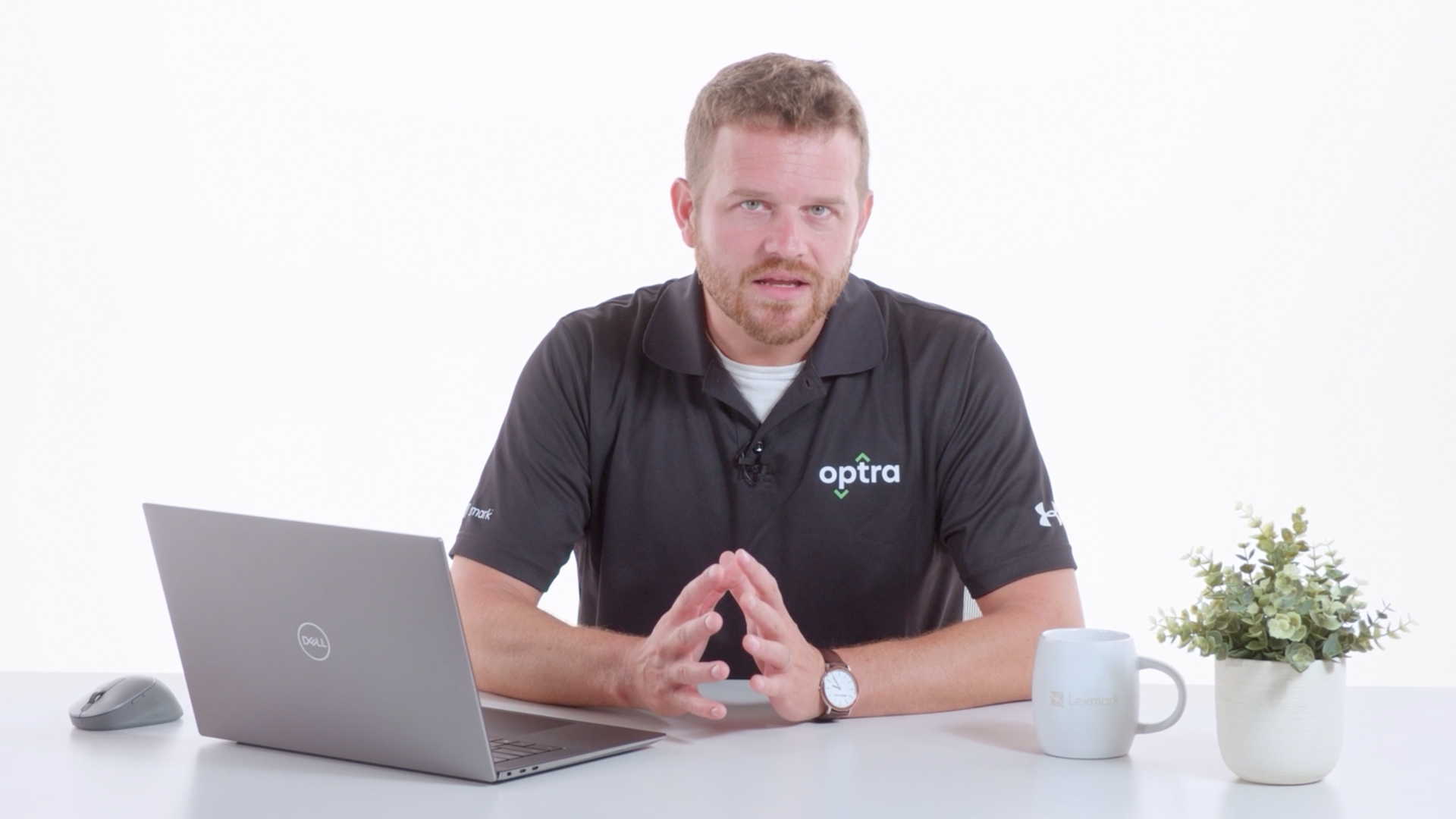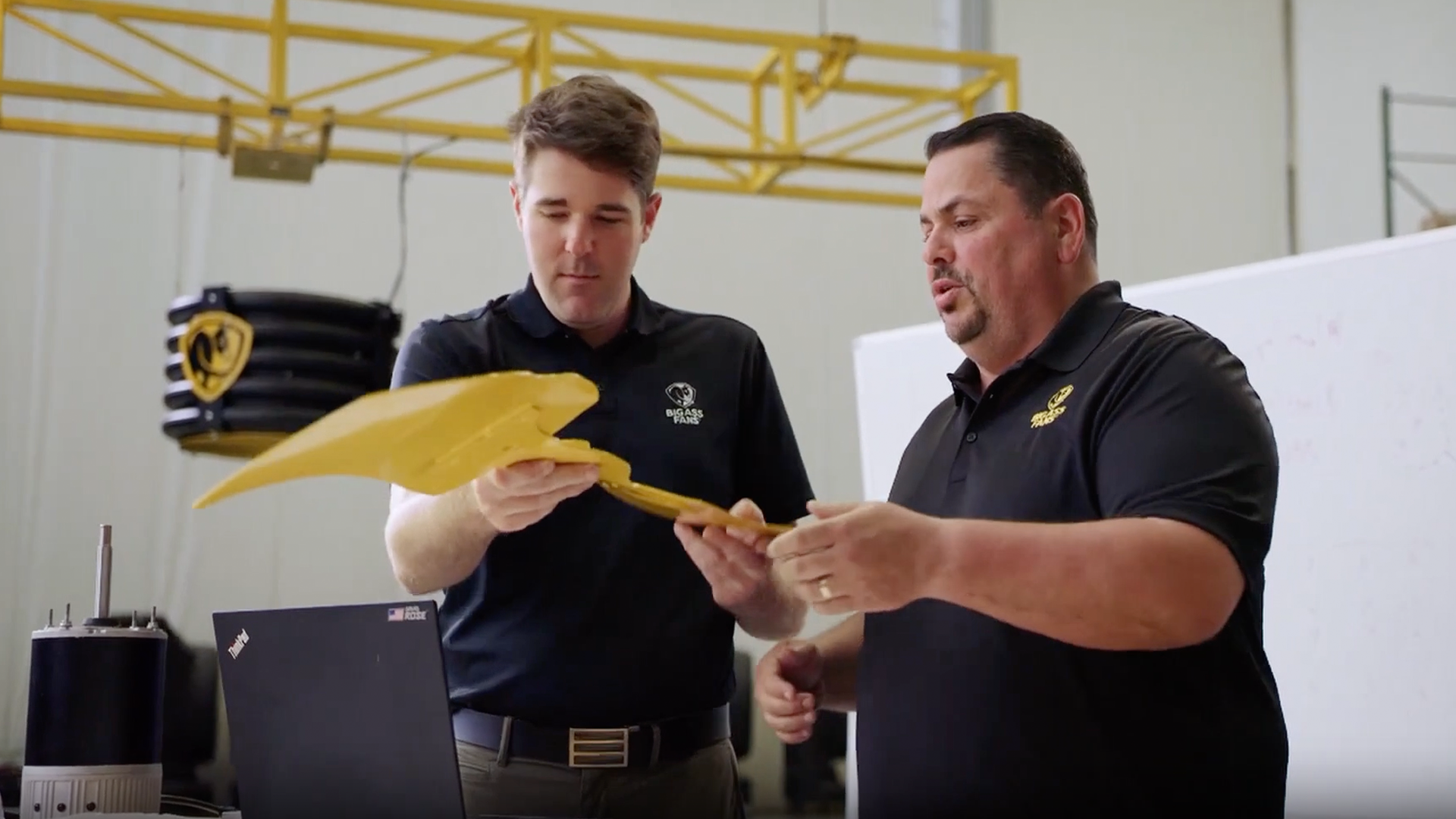
How to successfully capture and operationalize data generated by your IoT devices.


Remove the roadblocks
Research from global tech analyst IDC shows that while manufacturers of connected devices recognize the potential of IoT to add value to core business operations — from increased customer satisfaction to revenue growth and cost savings — they are struggling with how to unlock this value.
50% of manufacturers of connected devices plan to launch predictive service capabilities by the end of 2023 — but only 15% currently offer them.1
Moving from a blank sheet of paper to tangible bottom-line benefits without creeping time frames and costs is challenging. This playbook offers four paths to IoT project success — tactics that directly address the challenges that manufacturers of connected devices identified in the research as holding them back.

Plug and Play
Today’s IoT solutions have evolved to be open, prebuilt and easily integrated into existing business systems for rapid deployment and easier operationalization of data. Find out more at Lexmark.com.

Business values speak volumes
Clearly define your IoT objectives and desired outcomes in ways that speak to all the relevant internal stakeholders early on — that will positively impact the speed and success of your implementation. By articulating IoT’s proof of the value as quantifiable business benefits, securing buy-in across the business, including at the executive level, is easier. Gaining this support significantly reduces the likelihood of internal roadblocks later — for example, in finance, legal and leadership reviews — so invest the time upfront to ensure your success.
With rigorous scoping, predictive services was successfully introduced in just three months — realizing 30% fewer services dispatches.2
Meticulously scope and work across departments
If your IoT project is to deliver value across the business, then the team must include representatives from multiple functions — not just IT and data — to be truly effective. Think about including R&D, services, operations, and sales and marketing to avoid a siloed approach. This step will help you avoid adding another “pilot” project that dies on the vine. It also ensures data insights can be operationalized and illuminates a roadmap for value across the whole business.
Key success tactics
- Establish cross-departmental teams at the start.
- Quantify benefits for your end customers and your bottom line.
- Align with your company objectives to secure buy-in at the highest level.


Think big, but start small
Deployment complexity is one of the top three challenges that manufacturers say are holding back or slowing progress on their IoT projects, according to IDC. With IoT transformation projects, a good methodology is to think big, start small and scale rapidly. This means balancing the creation of a long-term vision that enables your strategic decisions with a focus on immediately delivering one or two high-priority use cases. Taking this approach makes it easier to learn, make initial adjustments and then rapidly scale once the fundamentals are established and proven.
Improve outcomes by focusing on a key test case before deploying IoT more widely.
Integrate with your existing IT systems
Prebuilt IoT solutions can effectively boost a connected product strategy, helping to speed up project timelines and simplify deployment. Engineered platforms that are built on a modern cloud architecture and use open standards can be integrated into your existing core business systems, such as your customer relationship management (CRM) or enterprise risk management (ERM) programs. Importantly, they can also scale and adapt to your setup, not the other way around. This reduces the burden on your IT resources and allows you to take advantage of tried and true IoT expertise — without any internal trial and error.
Key success tactics
- Focus on a high-priority use case to learn.
- Scale rapidly only after the fundamentals are in place.
- Prebuilt IoT platforms can be deployed quickly.
- Look for open standards that integrate with your existing IT systems.


Organize your data for success
Capturing enough data of the right quality will ultimately make or break the success of your IoT project. That’s because the hygiene and volume of your data directly impact the ability to mine insights and extrapolate business value. According to IDC, this is an area where manufacturers recognize they need help: One in three lack the necessary data skills and don’t capture enough for analytics1. On the other hand, many organizations are awash in data, overwhelmed with what they have with no clear path to make it useful.
Tailoring prebuilt IoT solutions boosts data capture and quality.
Data management matters
Data quality is one of the biggest roadblocks to gathering insights. Duplicate entries, inaccurate customer records and failure to map data relationships can compromise the integrity of your analytics. Organizations must adopt a common data model, a set of standard entities, attributes and relationships that describe business concepts. Examples include customer, work order, case, product and device. This is a step that cannot be overlooked.
The objective is to simplify and standardize data engineering, so that you accelerate analysis and development. It also enables your engineering teams to efficiently and effectively develop dashboards, advanced analytics models and integrations. A low-code/no-code interface improves the reliability of data flow management and can be programmed to apply customized rules to continuously monitor and optimize data quality and its potential.
Key success tactics
- Adopt a common data model to improve data usability.
- Use a low-code/no-code interface to manage and enhance data flows.
- Fast-track insights with customizable reporting dashboards and templates.

37% of manufacturers say they lack the ability to prepare IoT data for analytics.1

Cross-functional collaboration
Even if they have captured the right amount and quality of data, organizations might not be able to operationalize it. Cross-functional collaboration is the key to turning data insight into action — stakeholders across R&D, service operations, portfolio management, IT and finance must have a seat at the table.
IDC found that 46% of organizations plan to create new digital products and services to ensure future business growth and resiliency.3
Organizational momentum
Each of these functions adds context to the insight and will ultimately be responsible for putting the data to use — making changes in their operating model — in concert with other groups to turn data insights into business transformation.
Partners that have been through an IoT journey themselves can offer genuine insights based on their personal experience. This can help in areas such as interpreting customer device data for real-time predictive services capabilities, through to exploring how device usage by customers can inform and accelerate R&D innovation.
Key success tactics
- Cross-functional collaboration helps turn data insights into action.
- Interpreting real-time data analytics underpins a connected products strategy.
- Selecting a partner with relevant experience in connected products improves project outcomes.

1 Transforming Your Business with the Right IoT Platform, IDC, November 2021
2 A global medical equipment manufacturer implementing Lexmark IoT solutions
3 IDC’s COVID 19 Impact on IT Spending Survey, December 2020

Lexmark knows IoT
Lexmark is a manufacturer and connected device pioneer that has been harnessing the power of IoT successfully across its own business operations for more than 20 years. Lexmark’s tried and tested Optra IoT Solutions are in market and helping manufacturers transform from selling devices to delivering advanced services — in a matter of months.

‘The Optra IoT Platform connects to more than 1 million devices in over 200,000 locations globally, managing multiple terabytes of data.’

Recommended for you


